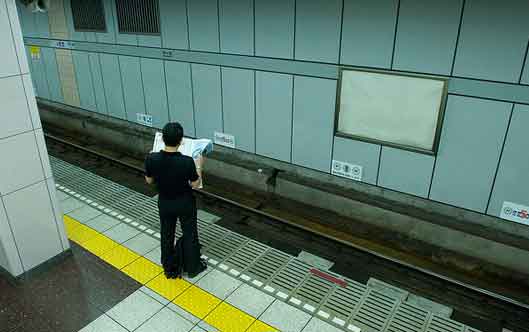Senior executives from some of the top California workers' compensation carriers identified emerging trends that are of great importance to California employers at the 2015 California Workers' Compensation and Risk Conference.
Panelists were:
- Moderator: Pamela Ferrandino, national casualty practice leader at Willis North America
- Mike Mulray, chief underwriting officer at Everest National
- John Dickey, regional president at Liberty Mutual
- Mike Hessling, chief client officer at Gallagher Bassett
- Glen-Roberts Pitruzzello, vice president of workers' compensation, group benefits claim strategy and clinical operations, at the Hartford
The WCIRB projects the estimated average medical cost-per-claim will be the lowest since 2007. What do you think are the key drivers behind this improvement?
- The independent medical review (IMR) process. IMRs are being upheld in favor of the employer - around 90% of the time. That is showing that evidence-based protocols are being followed.
- Medical inflation has decreased. Effective utilization review (UR) programs have had a positive effect on controlling medical costs.
Will the greater use of generic drugs in the California drug formulary materially lower workers' compensation costs?
- Texas is a good example. We have not seen any major pushback from what Texas has done. Texas communicated to the providers, so they know how to work within the new environment. There are reports showing that the new system has been successful.
- It could help decrease employers' costs by 10% to 15%. There could be much broader implications to the claimant, as well. It is not just about the money, though; the upside is also the social benefit of avoiding addiction issues.
How do you see medical marijuana affecting employers?
There are three areas:
- Intoxication policies come into play when you have an employee using marijuana not related to a workers' compensation claim.
- To date, New Mexico is the only state that ruled for compensable treatment, but the employee was already using marijuana prior to injury. This will likely continue to be challenged in various states.
- Medical advocacy will continue to prove effectiveness vs. the alternatives, like opioids.
What insights have you gleaned from predictive modeling?
- We have had some great success from the claims standpoint. There have been some great advances in tools to help with predictive modeling over the past five to 10 years, like text mining, which allows modelers to look for keywords in cases that show a trend.
- Predictive modeling can be used to see how to prevent claims from even happening. It is more effective to try to keep the claim from occurring, rather than controlling costs once a claim has occurred.
- We are using predictive modeling more to drive early intervention in claims to reduce the costs, but we also are trying to see how we can use this information for risk control and reduce claims altogether.
- Almost all predictive models have a level of false positives. We need to learn to filter out the white noise that is not providing useful information.
Collectively, do you think SB 863 improvements will continue to adhere, or will they be chipped away just like the others?
- The instant you change the rules, people try to find new loopholes. You cannot stop. One or two years of results is not a trend line to claim a victory. We will probably see erosion, and we will have to come up with solutions as an industry.
- I'm not sure if we are seeing SB 863 play out as intended, because of issues like IMR and liens. There will probably be tweaking.
- Many stakeholders are trying to prevent erosion, so there is cautious optimism.
What are trends to look for?
- Formulary - we could adopt the Texas system, and, while it wouldn't play out here exactly the same way, I think we need it.
- Ways to reduce frictional costs for employers, like IMR.
- The impact of a new president and immigration reform on the workers' compensation system.
- Attracting talent for claims adjuster positions.
- The next generation of workers entering the workforce and becoming injured workers. Engaging with them as injured workers will be vastly different from how we have engaged with workers in the past. They will have different expectations.
- Changes in the market cycle and how it affects the health of the workers' comp system.








